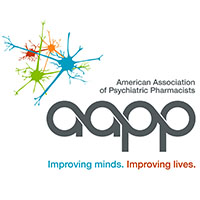Generic name: esketamine (es KET ah meen)
Brand name: Spravato®
- Nasal spray: 56 mg, 84 mg dose kit
All FDA warnings are at the end of this fact sheet. Please consult them before taking this medication.
What is esketamine and what does it treat?
Esketamine is an intranasal antidepressant medication that works in the brain. It is FDA approved for the treatment of major depressive disorder (MDD) with suicidal thoughts and behavior as well as treatment-resistant depression (TRD) in conjunction with an oral antidepressant.
Symptoms of depression include:
- Depressed mood – feeling sad, empty, or tearful
- Feeling worthless, guilty, hopeless, and helpless
- Loss of interest or pleasure in your usual activities
- Sleep and eat more or less than usual (for most people it is less)
- Low energy, trouble concentrating, or thoughts of death (suicidal thinking)
- Physical aches and pains such as headaches, stomach issue, or muscle pains
- Psychomotor agitation (‘nervous energy’)
- Psychomotor retardation (moving and thinking in slow motion)
- Suicidal thoughts or behaviors
What is the most important information I should know about esketamine?
Do not stop taking esketamine, even when you feel better. With input from you, your health care provider will assess how long you will need to take the medicine.
Missing doses of esketamine may increase your risk for relapse in your symptoms of depression.
Physical dependence and potential abuse has been reported with prolonged use of esketamine. This can lead to withdrawal signs and symptoms after abrupt discontinuation or a reduction in the drug dose. Likely withdrawal symptoms associated with esketamine include craving, fatigue, poor appetite, and anxiety. Therefore, patients should be monitored for symptoms of dependence after esketamine treatment has ended.
Esketamine can cause excess sedation (sleepiness), trouble breathing, and perceptual changes in patients after they receive treatment. You will need to remain in the health care setting for at least 2 hours (or more) until it is determined by the provider that you are safe to go home. You will need to have a caregiver drive you home.
Because of the risk of serious adverse effects, esketamine is only available through a restricted program called SPRAVATO REMS. Esketamine can only be administered at health care setting certified in the SPRAVATO REMS Program and to patients enrolled in the program.
Are there specific concerns about esketamine and pregnancy?
If you are planning on becoming pregnant, notify your health care provider to best manage your medications. People living with MDD and TRD who wish to become pregnant face important decisions. Untreated MDD and TRD has risks to the fetus, as well as the mother. It is important to discuss the risks and benefits of treatment with your doctor and caregivers.
Esketamine is not recommended during pregnancy. There are insufficient data on the medication use in pregnant women to draw conclusions regarding its safety or risk of birth defects, miscarriage, or other outcomes. If a woman becomes pregnant while using esketamine, treatment with this medication should be stopped and the patient should notify the health care provider to discuss the potential risks to the fetus.
Breastfeeding is not recommended during treatment with esketamine because it passes into human breast milk and can have adverse effects on the child.
What should I discuss with my health care provider before taking esketamine?
- Symptoms of your condition that bother you the most
- If you have thoughts of suicide or harming yourself
- Medications you have taken in the past for your condition, whether they were effective or caused any adverse effects
- If you experience side effects from your medications, discuss them with your provider. Some side effects may pass with time, but others may require changes in the medication
- Past or current medical history, especially history of aneurisms, brain bleeds, or allergy to esketamine or ketamine
- Any other psychiatric or medical problems you have, including high blood pressure as esketamine can increase blood pressure.
- All other medications you are currently taking (including over the counter products, herbal and nutritional supplements) and any medication allergies you have.
- If you are pregnant, plan to become pregnant, or are breastfeeding
- If you drink alcohol or use drugs
How should I take esketamine?
You will take esketamine nasal spray yourself, under the supervision of the health care provider, who will instruct you how to use it. The dose and when to take the medication, as well as the treatment schedule, may change as the weeks progress.
You will need to remain in the health care setting for at least 2 hours after being treated with esketamine until it is determined by the health care provider you are safe to leave. You will need to plan for a caregiver or family member to drive you home after each treatment.
Some people taking esketamine experience nausea and vomiting. You should not eat for at least 2 hours before taking the medication and not drink liquid for at least 30 minutes before taking esketamine.
If you take a nasal corticosteroid or nasal decongestant medicine, take these medicines at least 1 hour before taking esketamine.
What happens if I miss a dose of esketamine?
If you miss a treatment session and there is worsening of depression symptoms, inform your health care provider immediately and consider returning to the previous dosing schedule (i.e., every two weeks to once weekly, weekly to twice weekly).
What should I avoid while taking esketamine?
Do not drive, operate machinery, or do anything where you need to be completely alert after taking esketamine nasal spray. Do not take part in these activities until the next day following a restful sleep. Avoid alcohol, illicit substances, or other central nervous system depressants such as sedatives or opioids as they may increase the risk of sedation.
What happens if I overdose with esketamine?
If an overdose occurs, call your doctor or 911. You may need urgent medical care. You may also contact the poison control center at 1-800-222-1222.
A specific treatment to reverse the effects of esketamine does not exist.
What are the possible side effects of esketamine?
Common side effects
Nausea, diarrhea, vomiting, taste disturbance, increased blood pressure, vertigo (spinning sensation), sedation, numbness, dizziness, headache, increased anxiety, and dissociation (feeling disconnected from mind and body).
Rare/serious side effects
Esketamine can cause a temporary increase in your blood pressure that may last for about 4 hours after taking a dose. Your health care provider will check your blood pressure before taking the dose, and periodically for at least 2 hours following the dose. Tell your health care provider right away if you experience chest pain, shortness of breath, sudden severe headache, change in vision, or seizures after taking esketamine.
Other serious side effects include problems with thinking clearly, and bladder problems. Tell your health care provider if you develop trouble urinating, such as frequent or urgent need to urinate, pain when urinating, or urinating frequently at night.
Are there any risks for taking esketamine for long periods of time?
There is a risk for abuse and dependence with prolonged esketamine treatment. Your health care provider should check you for signs of abuse and dependence before and during treatment of esketamine.
What other medications may interact with esketamine?
Esketamine use with monoamine oxidase inhibitors (MAOIs) may increase blood pressure. Closely monitor blood pressure when using esketamine with MAOIs. These include phenelzine (Nardil®), tranylcypromine (Parnate®), isocarboxazid (Marplan®), and selegiline (Emsam®).
Concomitant use of esketamine with stimulants may also increase blood pressure, and should be monitored closely if using together. These include amphetamines (Adderall®), methylphenidate (Ritalin®), modafanil (Provigil®), and armodafanil (Nuvigil®).
Esketamine use with central nervous system (CNS) depressants may increase sedation. Closely monitor for sedation with concomitant use of esketamine with CNS depressants such as benzodiazepines, opioids, and alcohol. These include, but aren’t limited to, medications such as alprazolam (Xanax®), diazepam (Valium®), oxycodone (Oxycontin®), and hydromorphone (Dilaudid®).
How long does it take for esketamine to work?
Esketamine reaches peak concentrations in the body in between 20 and 40 minutes. It works much more rapidly than traditional antidepressants and is preferred for use in someone experiencing an acute major depressive episode or even thoughts of self harm.
Summary of Black Box Warnings
Esketamine has the potential to cause sedation and dissociative symptoms. If you experience either of these symptoms, you will need to be observed by a health care provider for at least 2 hours at each treatment session, or longer if the symptoms have not resolved. Esketamine, a Schedule III controlled substance may be subject to abuse and dependence. All patients being treated with esketamine should be evaluated before and during treatment for signs and symptoms of abuse or misuse of the medication. Because of the risks of serious adverse outcomes from sedation, dissociation, and abuse potential, esketamine is only available through a restricted REMS (Risk Evaluation and Mitigation Strategy) program and can only be dispensed in a health care setting.
Depression and certain other psychiatric disorders are themselves associated with increases in the risk of suicide. Patients with MDD may experience worsening of their depression and/or the emergence of suicidal ideation and behavior or unusual changes in behavior, whether or not they are taking antidepressants. This risk may persist until significant remission occurs. In short-term studies, antidepressants increased the risk of suicidality in children, adolescents, and young adults when compared to placebo. Short-term studies did not show an increase in the risk of suicidality with antidepressants compared to placebo in adults beyond age 24. Patients, their families, and caregivers should be alert to the emergence of anxiety, restlessness, irritability, aggressiveness and insomnia. If these symptoms emerge, they should be reported to the patient’s prescriber or health care professional. All patients being treated with esketamine should watch for and notify their health care provider for worsening symptoms, suicidality and unusual changes in behavior, especially during the first few months of treatment.
Last Reviewed: December 2024
Provided by

Important Disclosure: This information is being provided as a community outreach effort of the American Association of Psychiatric Pharmacists. This information is for educational and informational purposes only and is not medical advice. This information contains a summary of important points and is not an exhaustive review of information about the medication. Always seek the advice of a physician or other qualified medical professional with any questions you may have regarding medications or medical conditions. Never delay seeking professional medical advice or disregard medical professional advice as a result of any information provided herein. The American Association of Psychiatric Pharmacists disclaims any and all liability alleged as a result of the information provided herein.
©2024 The American Association of Psychiatric Pharmacists (AAPP) and the National Alliance on Mental Illness (NAMI). AAPP and NAMI make this document available under the Creative Commons Attribution-NoDerivatives 4.0 International License.

